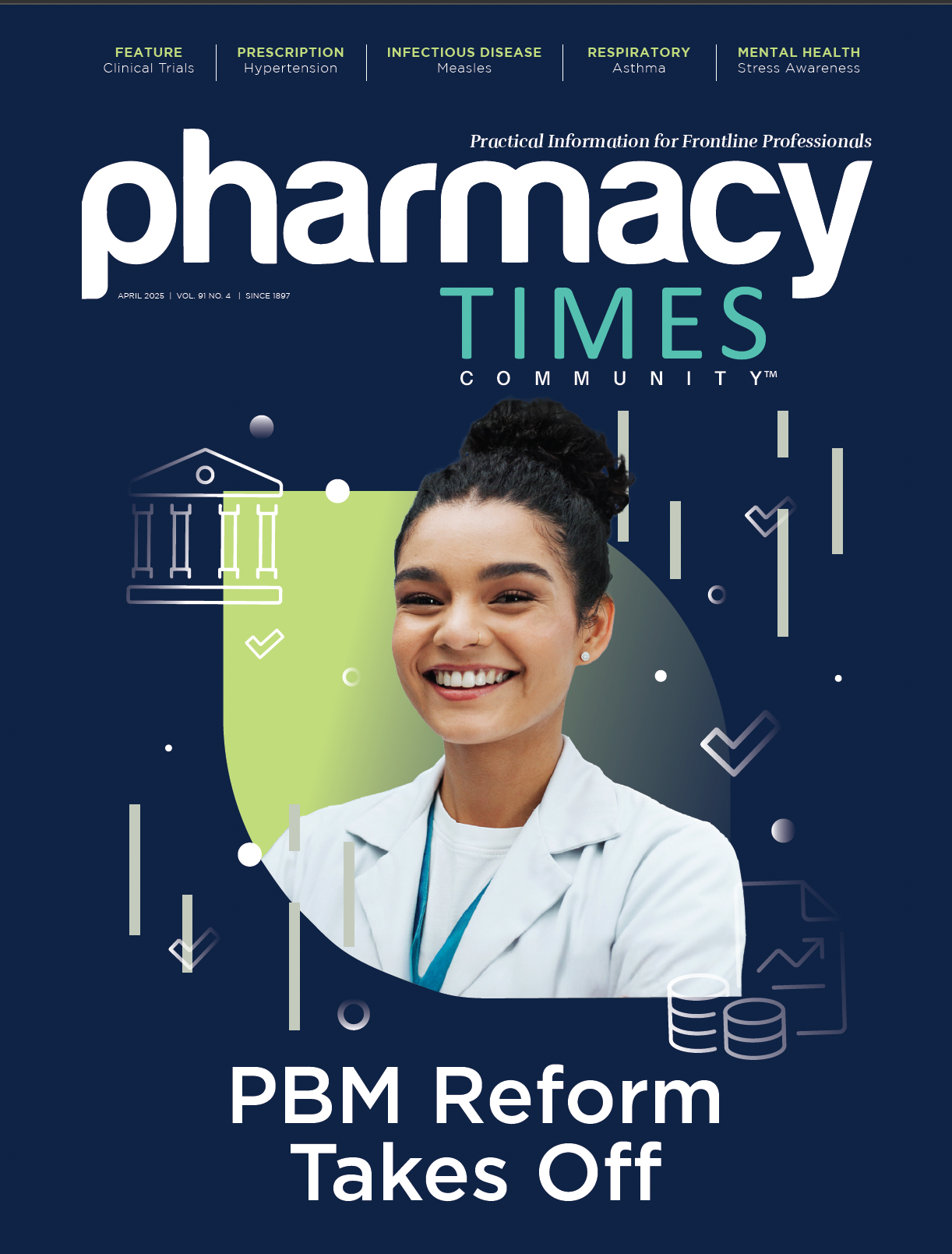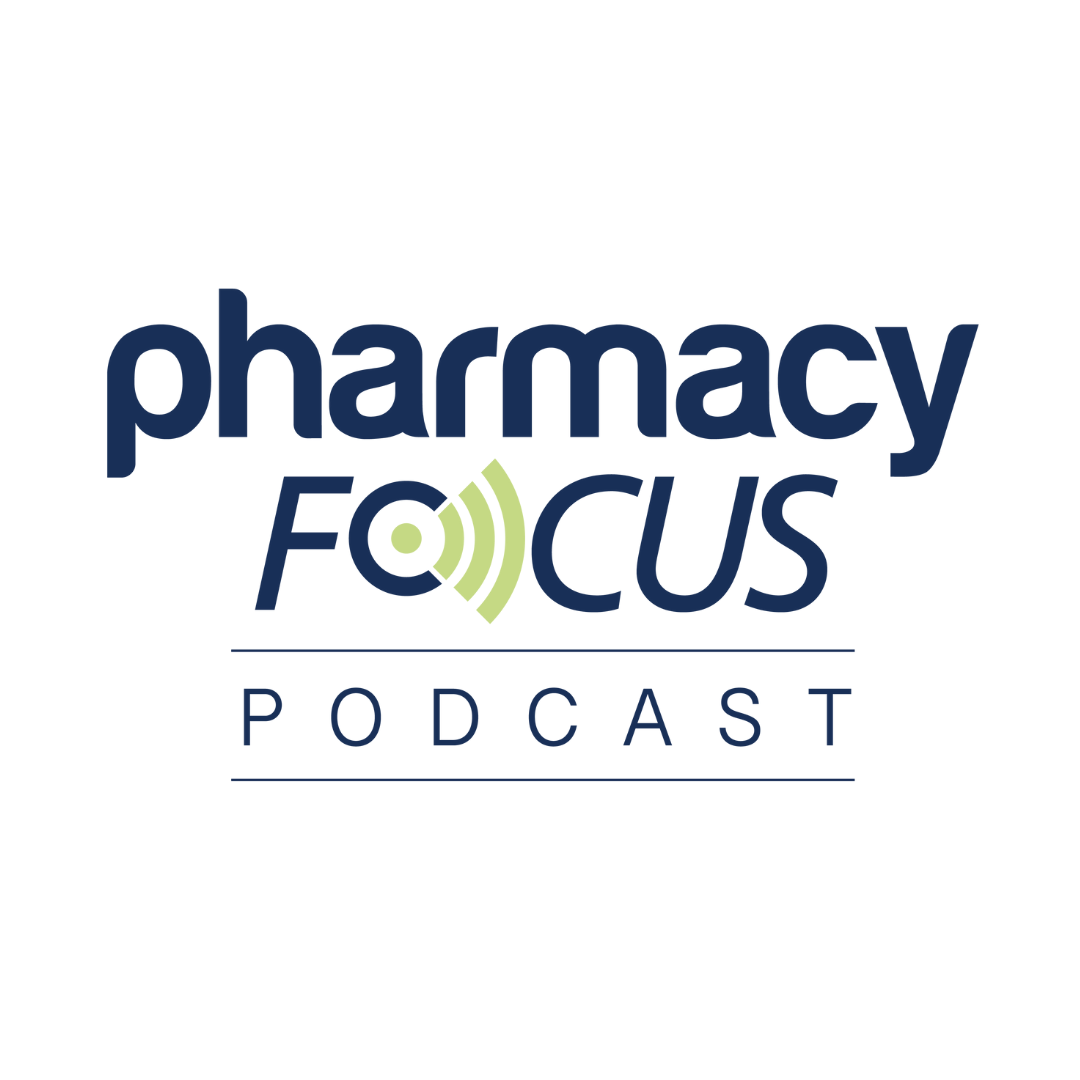Measles has been in the spotlight in recent weeks. Between December 22, 2024, and March 20, 2025, reported measles cases in the US climbed from 1 to 378.1 This recent and rapid rise in cases has resulted in more than 3 times the number of cases than at this point last year. Also during the first week of March 2025, there were 2 deaths in individuals who had positive test results for measles.2,3
Previously, the last reported death of an individual who had positive test results for measles was in 2015.4 The deaths on March 4 and 6, 2025, were in a school-aged child and an adult, both of whom were unvaccinated. In fact, 94% of cases reported as of March 7, 2025, were in unvaccinated individuals or those with unknown vaccination status.1
Amid these outbreaks, misinformation and confusion regarding measles and prevention measures have surfaced. Pharmacists are likely to encounter questions from patients, parents, and caregivers regarding the disease and vaccine recommendations. The following includes common questions and answers to help navigate these concerns and provide patient education.
About the Authors
Lauren B. Angelo, PharmD, MBA, is an associate professor and associate dean for academic affairs at Rosalind Franklin University of Medicine and Science College of Pharmacy in North Chicago, Illinois.
Laura E. Knockel, PharmD, BCACP, is a clinical associate professor at the University of Iowa College of Pharmacy in Iowa City.
Q: What might a person experience if infected with measles?
A: At first, a person with measles may appear to be experiencing cold or influenza symptoms. It often begins with a runny nose, cough, watery eyes, and fever.5 At day 2 or 3 of the infection, small white spots, which are called Koplik spots, appear inside the mouth, and a rash appears approximately 3 to 5 days after being infected. This rash looks like flat red spots and begins on the face around the hairline before spreading across the rest of the body. Sometimes, the spots have small bumps on them. Approximately 10% of people also have ear infections or diarrhea. Severe complications include pneumonia, swelling of the brain, and death. Hospitalization is common among those who are not vaccinated.5
Q: How contagious is measles?
A: Measles is very contagious. In fact, individuals without immunity to measles have a 90% chance of becoming infected if they are exposed to the virus.6 Exposure to the virus can occur by coming into contact with tiny droplets after someone who is infected coughs or sneezes. The virus can still be present in the air for up to 2 hours after an infected person leaves the room.7 A person with measles can infect others 4 days before to 4 days after the rash appears, which means people can transmit the virus before they realize they are infected.
Q: Who should be vaccinated against measles?
A: The CDC recommends that all children receive 2 doses of the measles vaccine: one at 12 through 15 months and a second dose at 4 through 6 years.6 If an adult was not vaccinated as a child, 1 dose is usually recommended. Adults at high risk for exposure and transmission, such as college students, health care providers, and international travelers, should receive 2 doses given 28 days apart. The measles vaccine should not be given to patients who are pregnant or have weakened immune systems.
Q: Who is considered immune and does not need to be vaccinated?
A: Individuals who were previously diagnosed with measles are considered immune and do not need the vaccine.6 Laboratory tests can be done to check for this immunity. Vaccination with the live measles vaccine also provides immunity. This may be 1 or 2 doses depending on age and risk for exposure. Those who were born before 1957 were likely exposed to measles and are usually considered immune. However, individuals born before 1957 who work in health care settings should consider vaccination because they are at high risk for exposure.
Q: Do vaccine recommendations change if there is an outbreak in my area?
A: Maybe. The health department may recommend that children younger than 1 year be vaccinated. The measles vaccine can be given to infants as young as 6 months during outbreaks or if they are going to be traveling internationally.8 The infant will still need the complete 2-dose series once they are 12 months old. If a patient was previously infected with measles or received 2 doses of the live measles vaccine, they are considered immune and do not need a booster or any additional doses. However, adults who had only 1 dose may be advised to receive a second dose. In addition, the second dose for children may be recommended sooner than 4 years.
Q: I was vaccinated in the 1960s, and I heard I might need to be revaccinated. Is that true?
A: A live vaccine for measles is currently used in the US. A killed measles vaccine was used from 1963 to 1967, which is less effective than the current vaccine.6,8 If you were vaccinated before 1968 with the killed measles vaccine or are unsure which vaccine you received, you should be vaccinated with the live vaccine.
Q: I received another vaccine recently. Can I still receive the measles vaccine?
A: It depends on which type of vaccine you received. The measles vaccine can be given at any time before or after a nonlive vaccine, such as the shingles, respiratory syncytial virus, injected influenza, or COVID-19 vaccines.9 Live vaccines, such as the chickenpox or nasal influenza vaccine, should be given on either the same day as the measles vaccine or at least 28 days apart to ensure an appropriate immune response.
Q: Will vitamin A help prevent measles?
A: No, vitamin A does not prevent or cure measles. However, children infected with measles tend to have low vitamin A levels.10 This increases their risk for serious illness, death, and eye problems, which may include blindness. Children who are diagnosed with measles and end up in the hospital should be given vitamin A by a health care provider as part of the overall approach to care.
CONCLUSION
Measles cases and outbreaks are occurring across the US, and vaccination is the most effective way to prevent measles. Pharmacists, as frontline providers administering vaccines, are invaluable to increasing vaccination coverage and protecting their communities.
REFERENCES
1. Measles cases and outbreaks. CDC. Updated March 20, 2025. Accessed March 28, 2025. https://www.cdc.gov/measles/dataresearch/
2. Measles outbreak - March 11, 2025. Texas Department of State Health Services. Updated March 11, 2025. Accessed March 12, 2025.https://www.dshs.texas.gov/news-alerts/measles-outbreak-2025
3. Lea County resident tests positive for measles after death. News release. New Mexico Health. March 6, 2025. Accessed March 12, 2025. https://www.nmhealth.org/news/alert/2025/3/?view=2188
4. Fox M. Washington woman is first US measles death in 12 years. NBC News. July 2, 2015. Updated July 3, 2015. Accessed March 12, 2025. https://www.nbcnews.com/health/health-news/woman-diesmeasles-first-us-death-12-years-n385946
5. Measles symptoms and complications. CDC. May 9, 2024. Accessed March 12, 2025. https://www.cdc.gov/measles/signs-symptoms/index.html
6. McLean HQ, Fiebelkorn AP, Temte JL, Wallace GS. Prevention of measles, rubella, congenital rubella syndrome, and mumps, 2013: summary recommendations of the Advisory Committee on Immunization Practices (ACIP). MMWR Recomm Rep. 2013;62(RR-04):1-34.
7. How measles spreads. CDC. April 18, 2024. Accessed March 12, 2025. https://www.cdc.gov/measles/causes/index.html
8. Measles vaccination for specific groups. CDC. July 15, 2024. Accessed March 12, 2025. https://www.cdc.gov/measles/hcp/vaccine-considerations/specific-groups.html
9. Timing and spacing of immunobiologics. CDC. July 24, 2024. Accessed March 12, 2025. https://www.cdc.gov/vaccines/hcp/imz-best-practices/timing-spacing-immunobiologics.html
10. Call to Action: Vitamin A for the Management of Measles in the United States. National Foundation for Infectious Diseases. March 2020. Accessed March 12, 2025. https://www.nfid.org/wp-content/uploads/2023/04/Call-to-Action-Vitamin-A-for-the-Managementof-Measles-in-the-US-FINAL.pdf







